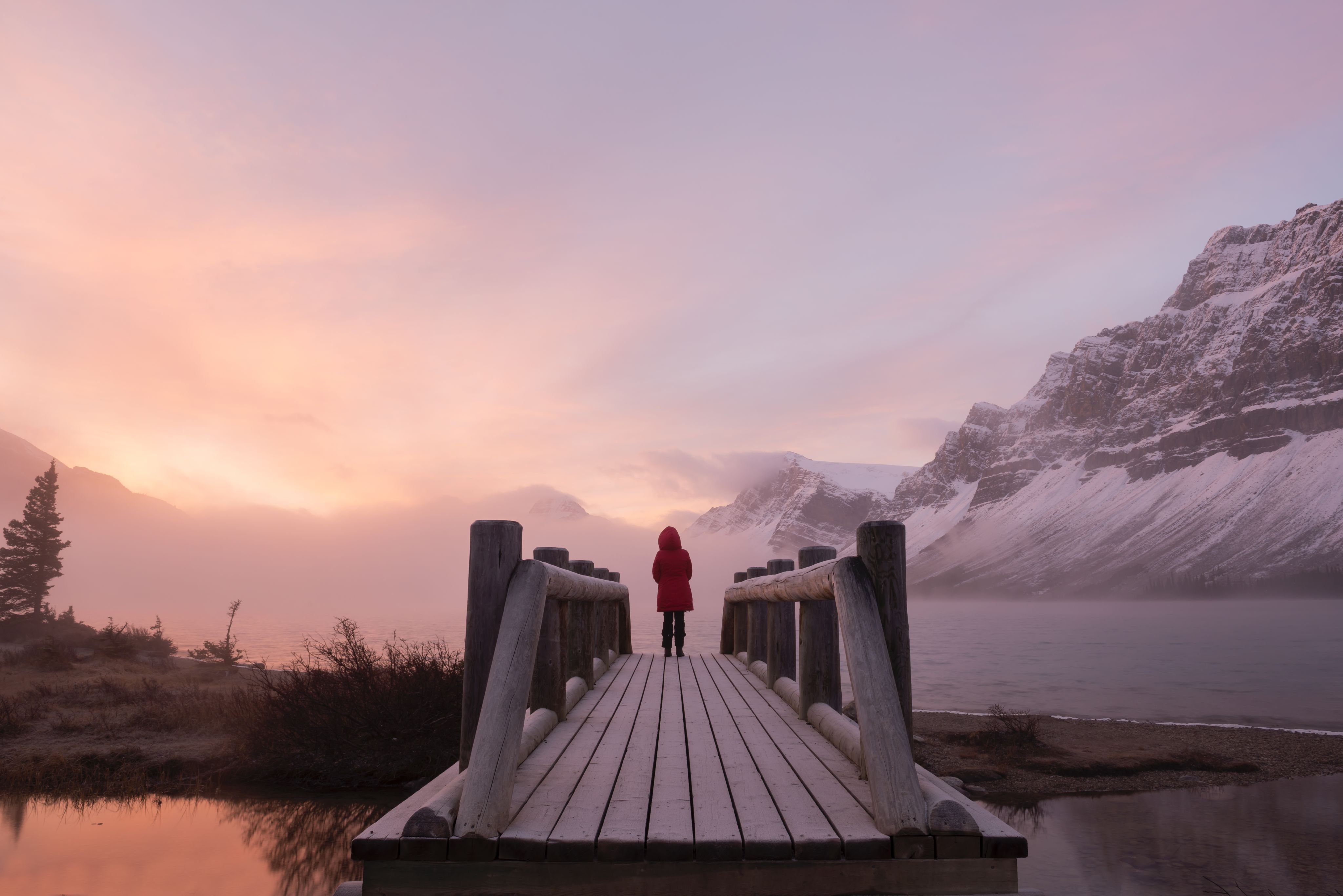Ribbons In The Sky
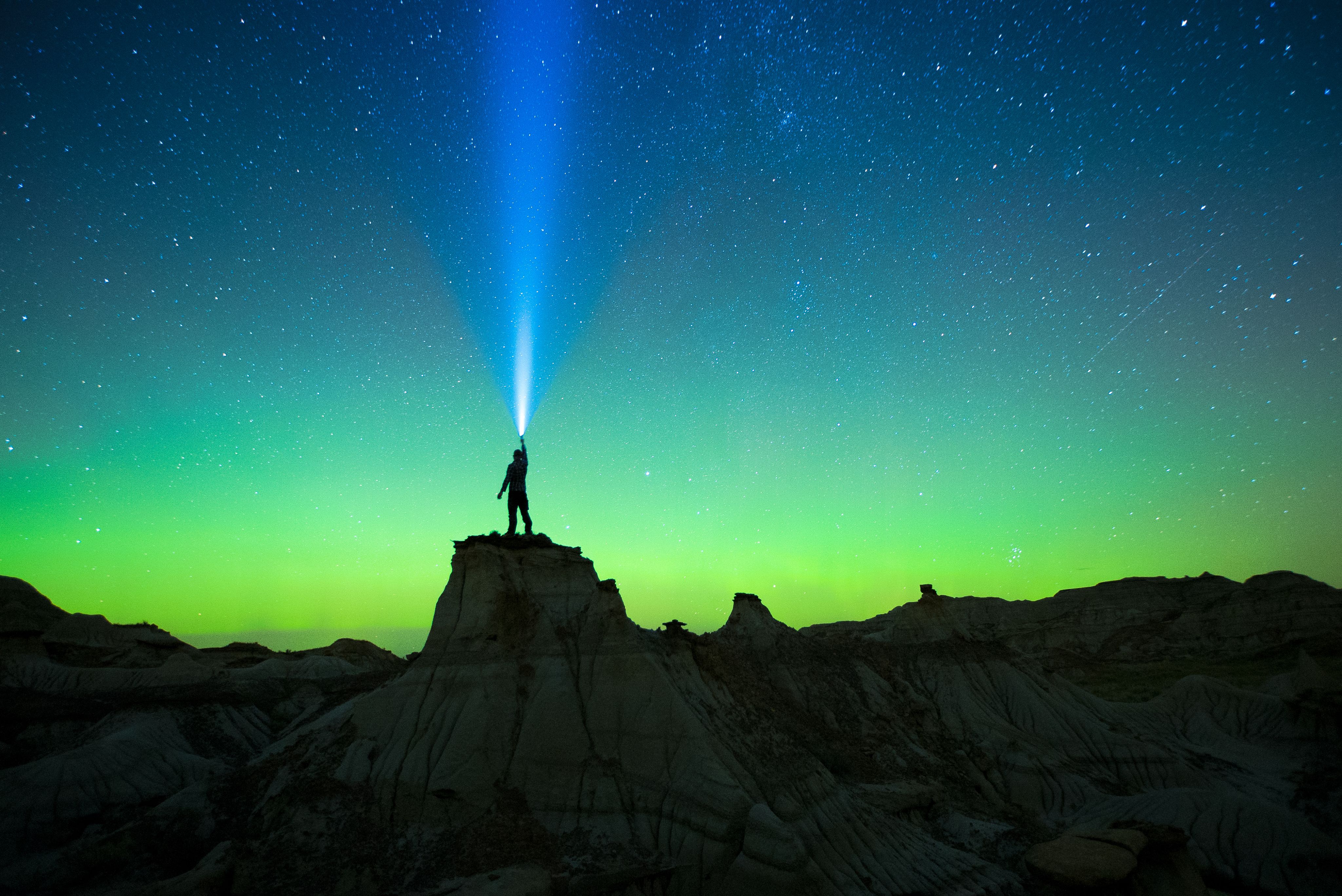
Silvery, shimmery, and ethereal, the Northern Lights are on many people’s list of dream experiences. Those who have seen a strong Aurora dancing in the night sky will tell you it is a breathtaking sight.
As with all natural phenomena, the Aurora Borealis is unpredictable — even on dedicated Aurora vacations, no one can guarantee a sighting. But the good news is that your chances of seeing the Northern Lights are increasing each year as we inch our way towards a solar maximum — a period of strong volatile activity on the sun.
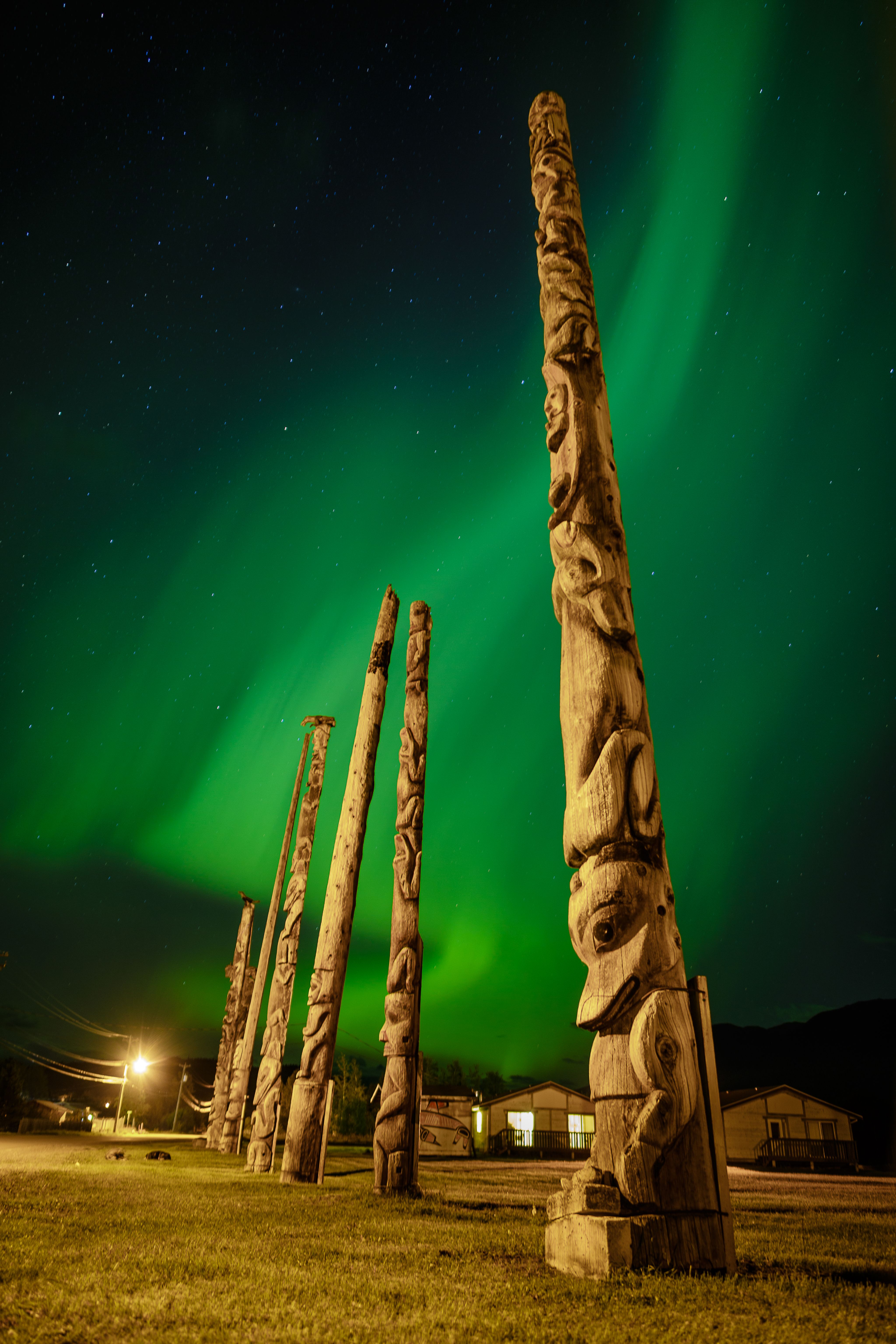
Gitwangak Totem poles with Aurora Borealis Photo: Northern BC Tourism/Jeanine Philippe
Gitwangak Totem poles with Aurora Borealis Photo: Northern BC Tourism/Jeanine Philippe
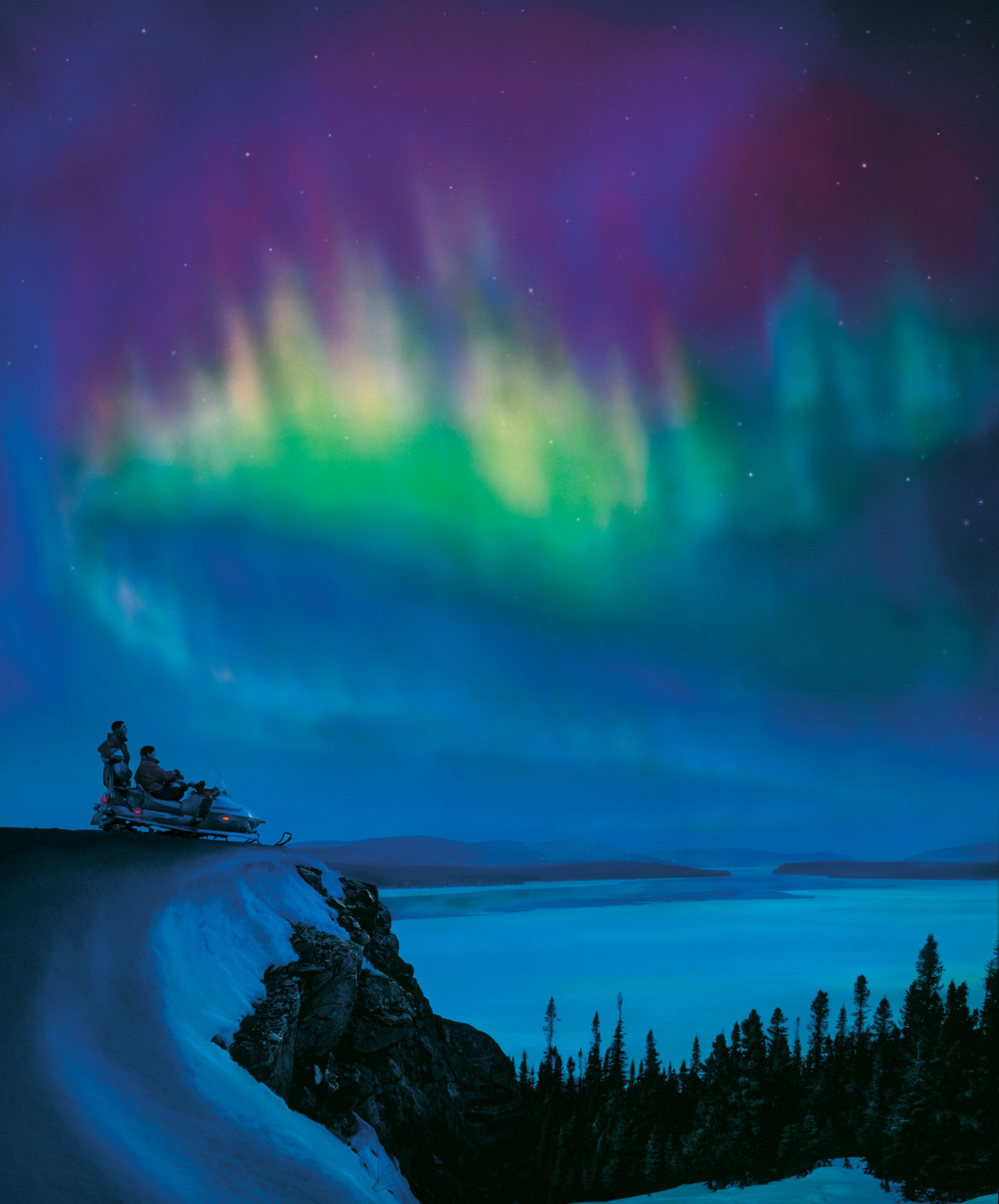
Photo: Tourism Newfoundland and Labrador
Photo: Tourism Newfoundland and Labrador
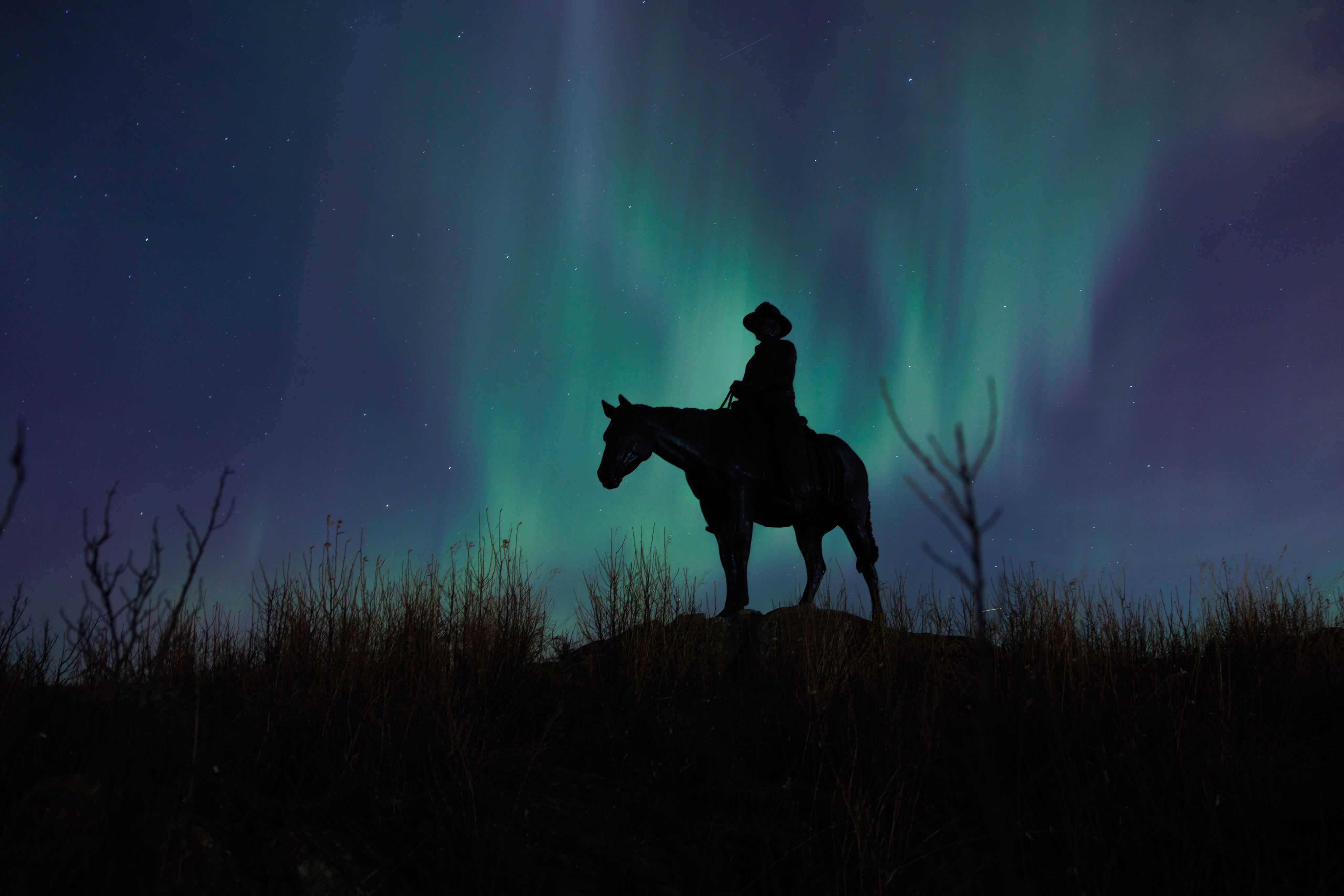
Photo: Travel Alberta / Claudio Frimmel
Photo: Travel Alberta / Claudio Frimmel
Every day, scientists around the world observe the sun in much the same manner as their predecessors have done for hundreds of years. Looking through a reflection from a telescope, they trace and map the appearance and disappearance of the sun’s spots — a measure of how active the sun is at any moment.
Because of this meticulous and long-term record keeping, we have a good idea of how the sun goes through periods of high and low activity over (approximately) an 11-year cycle.
See a solar flare in action in this video from NASA:
NASA's Solar Dynamics Observatory captured images of this significant solar flare. Solar flares are powerful bursts of radiation. Harmful radiation from a flare cannot pass through Earth's atmosphere to physically affect humans on the ground. However — when intense enough — they can disturb the atmosphere in the layer where GPS and communications signals travel.
We entered Solar Cycle 25 in December 2019 when the sun was at its lowest point of activity. Each year, solar activity has grown and eruptions have increased. While scientists initially predicted a fairly quiet cycle, the sun has exceeded expectations every year, proving to be more active than it was in Solar Cycle 24. Now it seems possible the solar maximum will be coming sooner and lasting longer than usual.
That's good news for anyone hoping to see the Northern Lights in the next few years.
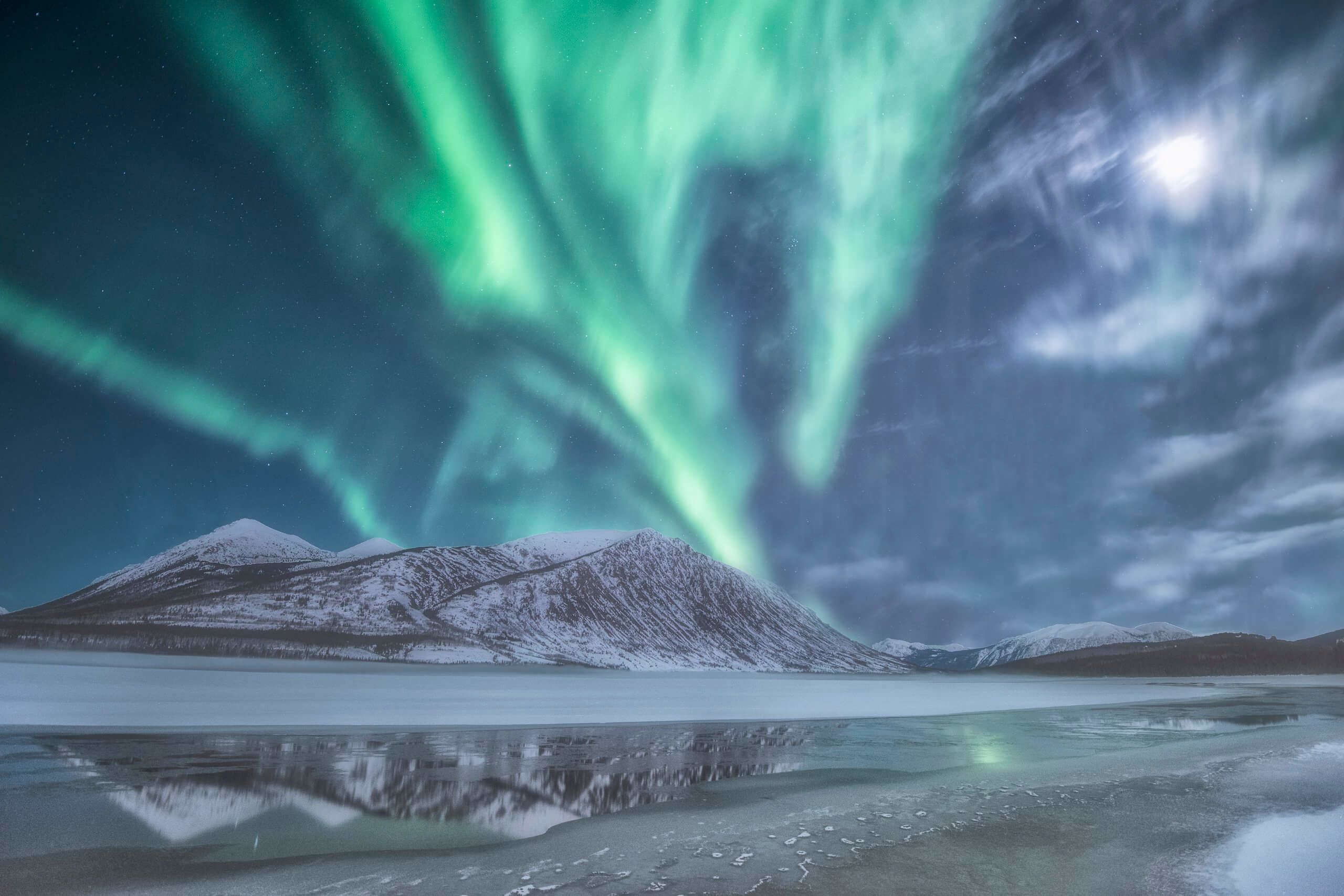
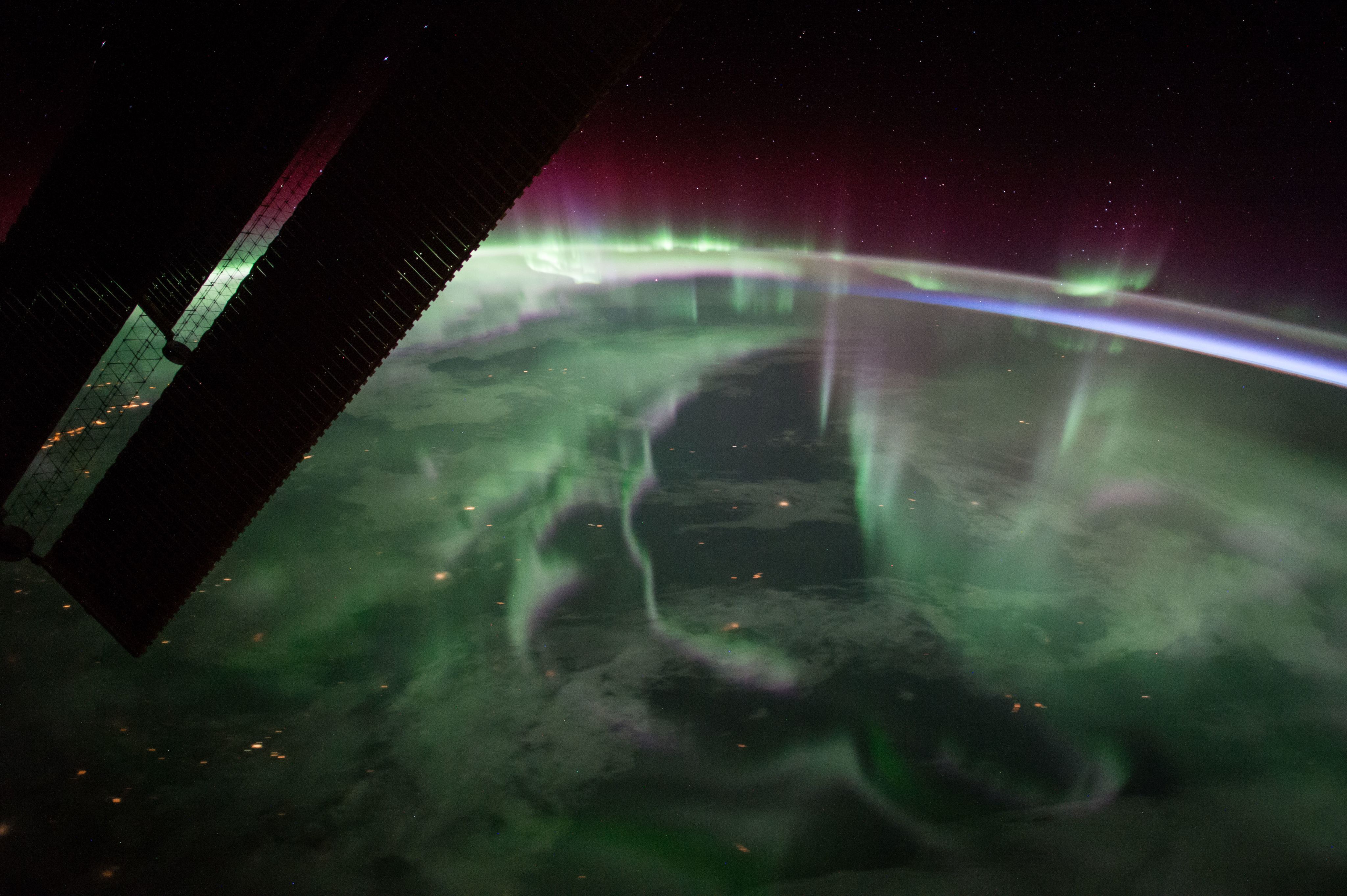
To better understand how this activity on the sun affects what we see here on Earth, we reached out to Dr. Paul Hickson, a professor in the Department of Physics and Astronomy at the University of British Columbia.
Listen to him explain how the energy expelled by the sun is translated as the Aurora on Earth:
Paul says that the colours we see in the night sky, depend on which atom is emitting the light. Oxygen, for example, will emit green light in low altitudes and red light in higher altitudes. That purplish-pink display comes from nitrogen.
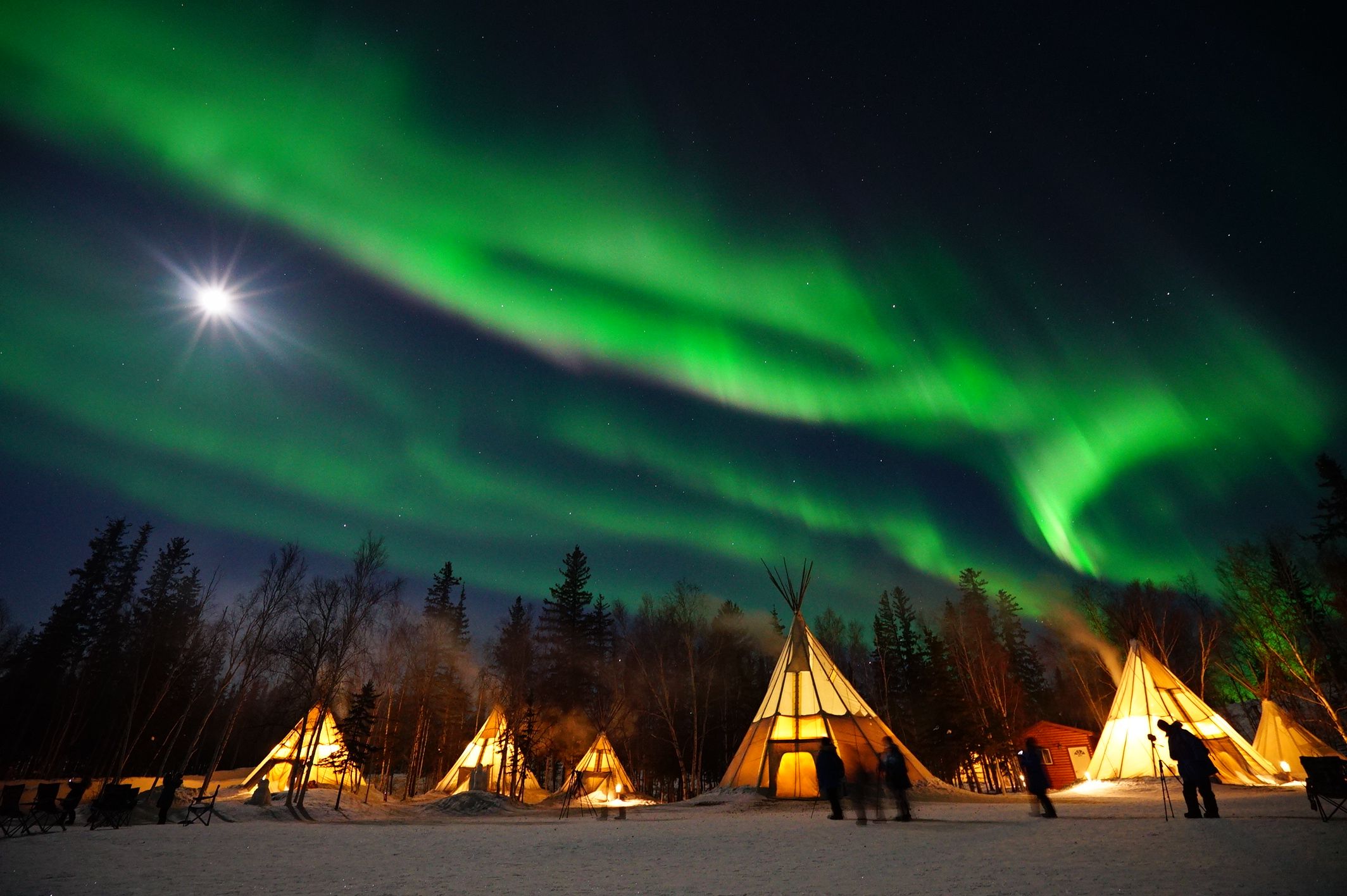
Much of Canada sits under the Auroral Oval, a radius of land up to 2,500 km from the Earth’s magnetic pole. Places such as Churchill Manitoba, the Northwest Territories, and the Yukon are all amazing spots in which to see the Aurora because they sit under the Oval and have low to no light pollution to distract from the Lights.
The Aurora is also clearly visible in northern parts of nearly all of our provinces, and even further south during particularly strong solar activity. As you get further south from the Auroral Oval, the Aurora will appear more on the northern horizon rather than overhead as it will when you are in the correct zone. If you travel north of the Oval, the Lights can appear on the southern horizon.
Read our article on Nature's Greatest Show for ideas on how to see the Northern Lights in Canada.
Embrace Canada with Landsby
Landsby creates unique and immersive experiences that not only provide travellers with purposeful and enriching trips but aim to positively impact the communities being explored.
